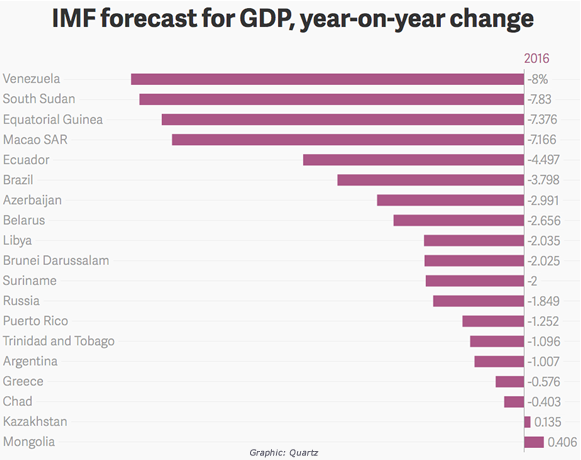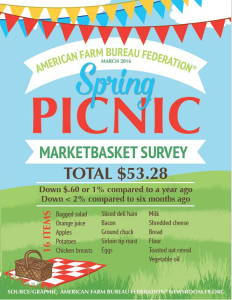AFIA: Forget Finger Pointing; Focus on Facts of GHG Emissions
- By: Miranda McDaniel
- On: 07/07/2016 08:10:44
- In: News Releases
- Comments: 0
In an effort to provide clarity on the clouded topic of greenhouse gas emissions, a recent report out of the University of California, Davis, focuses on animal agriculture’s contribution to GHG–believed to drive climate change–challenging naysayers with surprising and encouraging new evidence.
The American Feed Industry Association strongly backs the “Livestock’s Contribution’s to Climate Change: Facts and Fiction” white paper, which states globally and in the U.S., energy production and use, as well as the transportation sector, are the largest anthropogenic contributors of GHG. The document, produced by UC-Davis’ Frank Mitloehner, Ph.D., details research from the U.S. Environmental Protection Agency stating animal agriculture contributes only 4.2 percent GHG emissions, not the 18 percent to 51 percent often wrongfully cited.

“Comparing the 4.2 percent GHG contribution from livestock to the 27 percent from the transportation sector, or 31 percent from the energy sector in the U.S., brings all contributions to GHG into perspective,” wrote Mitloehner in the document.
“It is no wonder why there is so much confusion today surrounding the topic of greenhouse gases. With anti-agriculture groups shouting inaccurate data about ‘cows causing climate change’ and ‘ag being to blame,’ it is hard for anyone to focus on, or even to find, the facts,” said AFIA President and CEO Joel G. Newman.
However, the facts are clear, especially surrounding where the most effective opportunities are for decreasing GHG emissions in various sectors, adds Newman. The white paper denounces “Meatless Mondays,” stating the program is not as efficient as its advocates lead the public to believe.
If all Americans practiced Meatless Mondays, only a 0.6 percent reduction of GHG emissions would be seen in the U.S. If the U.S. population instead replaced their incandescent lightbulbs with Energy Star bulbs, double the reduction would be seen (1.2 percent).

“One certainly cannot neglect emissions from the livestock sector, but to compare them to the main emission sources would put us on a wrong path to solutions, namely to significantly reduce our anthropogenic carbon footprint to reduce climate change,” Mitloehner stated in the paper.
“It may come as a surprise, but the U.S. livestock sector–looked at on a global scale–has the lowest carbon footprint per unit of livestock produced (i.e. meat, milk, eggs). We want to educate others in the feed, livestock and poultry sectors worldwide on using research, new technologies and best practices to achieve this as well,” said Newman.
To accurately and fairly assess emissions, as well as identify an overall path toward providing abundant food for years to come, Mitloehner and AFIA are part of a multi-stakeholder partnership project hosted by the […]

